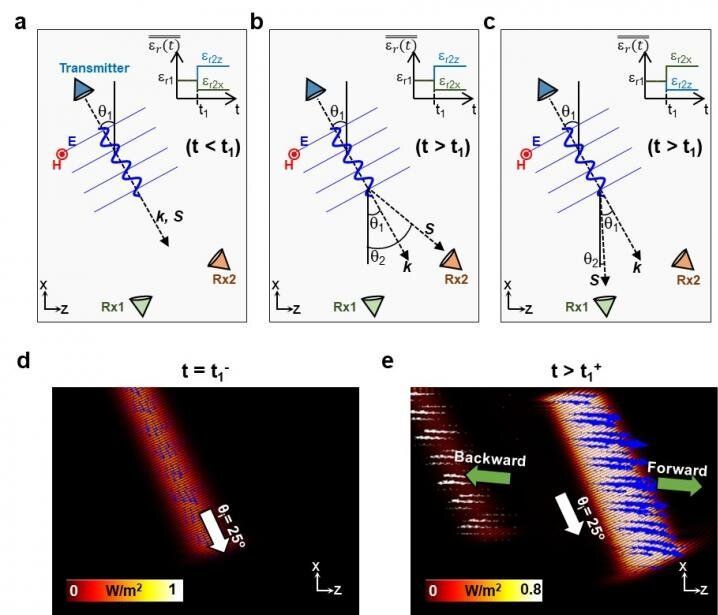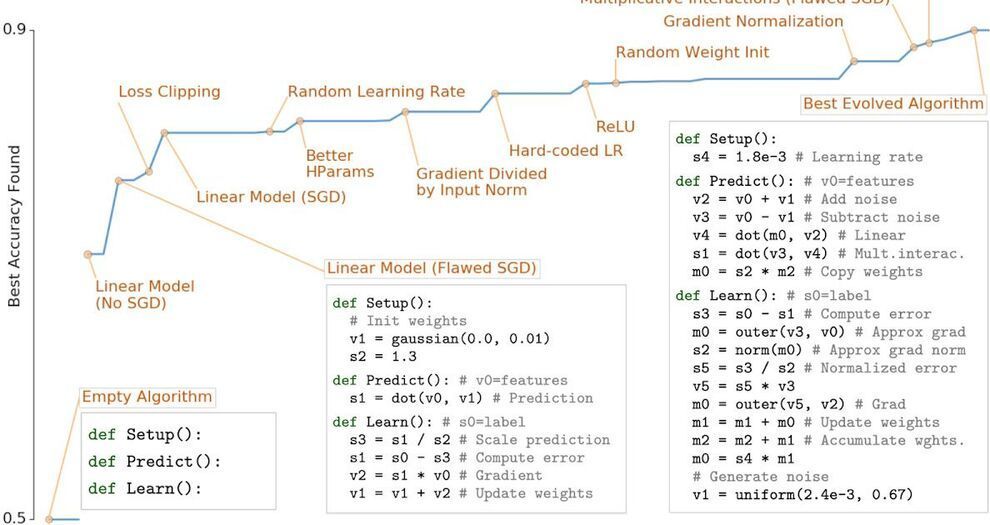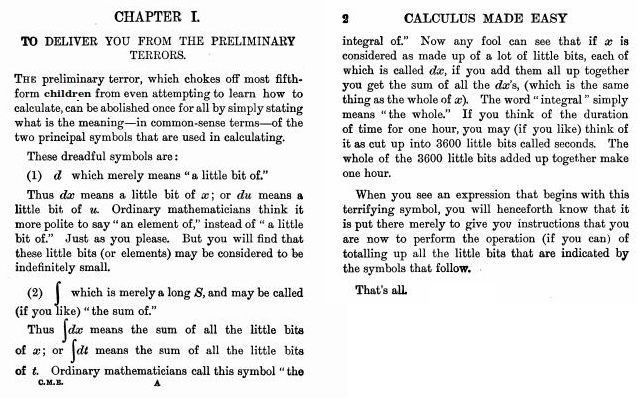Mathematicians typically appreciate either generic or exceptional beauty in their work, but one type is more useful in describing the universe.




There have been many landmarks in the history of artificial intelligence, from the formulation of the mathematical theory that inspired neural networks back in 1943, to IBM’s famous Watson AI beating two champion Jeopardy! contestants in 2011 to win a million dollar prize.
Future historians may look back at 2020 as a similarly important checkpoint on the road to AI dominance. Why? Because YouTuber Funk Turkey has created a new Led Zeppelin song using the power of AI.

An international team led by researchers at Princeton University has uncovered a new class of magnet that exhibits novel quantum effects that extend to room temperature.
The researchers discovered a quantized topological phase in a pristine magnet. Their findings provide insights into a 30-year-old theory of how electrons spontaneously quantize and demonstrate a proof-of-principle method to discover new topological magnets. Quantum magnets are promising platforms for dissipationless current, high storage capacity and future green technologies. The study was published in the journal Nature this week.
The discovery’s roots lie in the workings of the quantum Hall effect- a form of topological effect which was the subject of the Nobel Prize in Physics in 1985. This was the first time that a branch of theoretical mathematics, called topology, would start to fundamentally change how we describe and classify matter that makes up the world around us. Ever since, topological phases have been intensely studied in science and engineering. Many new classes of quantum materials with topological electronic structures have been found, including topological insulators and Weyl semimetals. However, while some of the most exciting theoretical ideas require magnetism, most materials explored have been nonmagnetic and show no quantization, leaving many tantalizing possibilities unfulfilled.

Tailoring and manipulating electromagnetic wave propagation has been of great interest within the scientific community for many decades. In this context, wave propagation has been engineered by properly introducing spatial inhomogeneities along the path where the wave is traveling. Antennas and communications systems in general have greatly benefited from this wave-matter control. For instance, if one needs to re-direct the radiated field (information) from an antenna (transmitter) to a desired direction and reach a receiving antenna placed at a different location, one can simply place the former in a translation stage and mechanically steer the propagation of the emitted electromagnetic wave.
Such beam steering techniques have greatly contributed to the spatial aiming of targets in applications such as radars and point-to-point communication systems. Beam steering can also be achieved using metamaterials and metasurfaces by means of spatially controlling the effective electromagnetic parameters of a designed meta-lens antenna system and/or using reconfigurable meta-surfaces. The next question to ask: Could we push the limits of current beam steering applications by controlling electromagnetic properties of media not only in space but also in time (i.e., 4D metamaterials x, y,z, t)? In order words, would it be possible to achieve temporal aiming of electromagnetic waves?
In a new paper published in Light Science & Applications, Victor Pacheco-Peña from the School of Mathematics, Statistics and Physics of Newcastle University in UK and Nader Engheta from and Department of Electrical and Systems Engineering of the University of Pennsylvania, USA have answered this question by proposing the idea of temporal metamaterials that change from an isotropic to an anisotropic permittivity tensor. In this concept, the authors consider a rapid change of the permittivity of the whole medium where the wave is traveling and demonstrated both numerically and analytically the effects of such a temporal boundary caused by the rapid temporal change of permittivity. In so doing, forward and backward waves are produced with wave vector k preserved through the whole process while frequency is changed, depending on the values of the permittivity tensor before and after the temporal change of permittivity.
A video on Youtube claims a forecast of near-Earth objects (NEOs) shows one of these may hit Earth in November.
On November 2, 2020 an object labeled 2018 VP1″ is currently projected to come very close to Earth. The video is a little off on its math. Even so, Mike Murray of the Delta College Planetarium in Bay City, says don’t worry.

The snake bites its tail
Google AI can independently discover AI methods.
Then optimizes them
It Evolves algorithms from scratch—using only basic mathematical operations—rediscovering fundamental ML techniques & showing the potential to discover novel algorithms.
AutoML-Zero: new research that that can rediscover fundamental ML techniques by searching a space of different ways of combining basic mathematical operations. Arxiv: https://arxiv.org/abs/2003.
Machine learning (ML) has seen tremendous successes recently, which were made possible by ML algorithms like deep neural networks that were discovered through years of expert research. The difficulty involved in this research fueled AutoML, a field that aims to automate the design of ML algorithms. So far, AutoML has focused on constructing solutions by combining sophisticated hand-designed components. A typical example is that of neural architecture search, a subfield in which one builds neural networks automatically out of complex layers (e.g., convolutions, batch-norm, and dropout), and the topic of much research.

I will post a bunch of links to things people can do at home while under lockdown. This is one of my favorite sites. Feel free to check it out and post from it as well.
Calculus is the key to fully understanding how neural networks function. Go beyond a surface understanding of this mathematics discipline with these free course materials from MIT.

A new study offers a better understanding of the hidden network of underground electrical signals being transmitted from plant to plant – a network that has previously been shown to use the Mycorrhizal fungi in soil as a sort of electrical circuit.
Through a combination of physical experiments and mathematical models based on differential equations, researchers explored how this electrical signalling works, though it’s not clear yet exactly what messages plants might want to transmit to each other.
The work builds on previous experiments by the same team looking at how this subterranean messaging service functions, using electrical stimulation as a way of testing how signals are carried even when plants aren’t in the same soil.